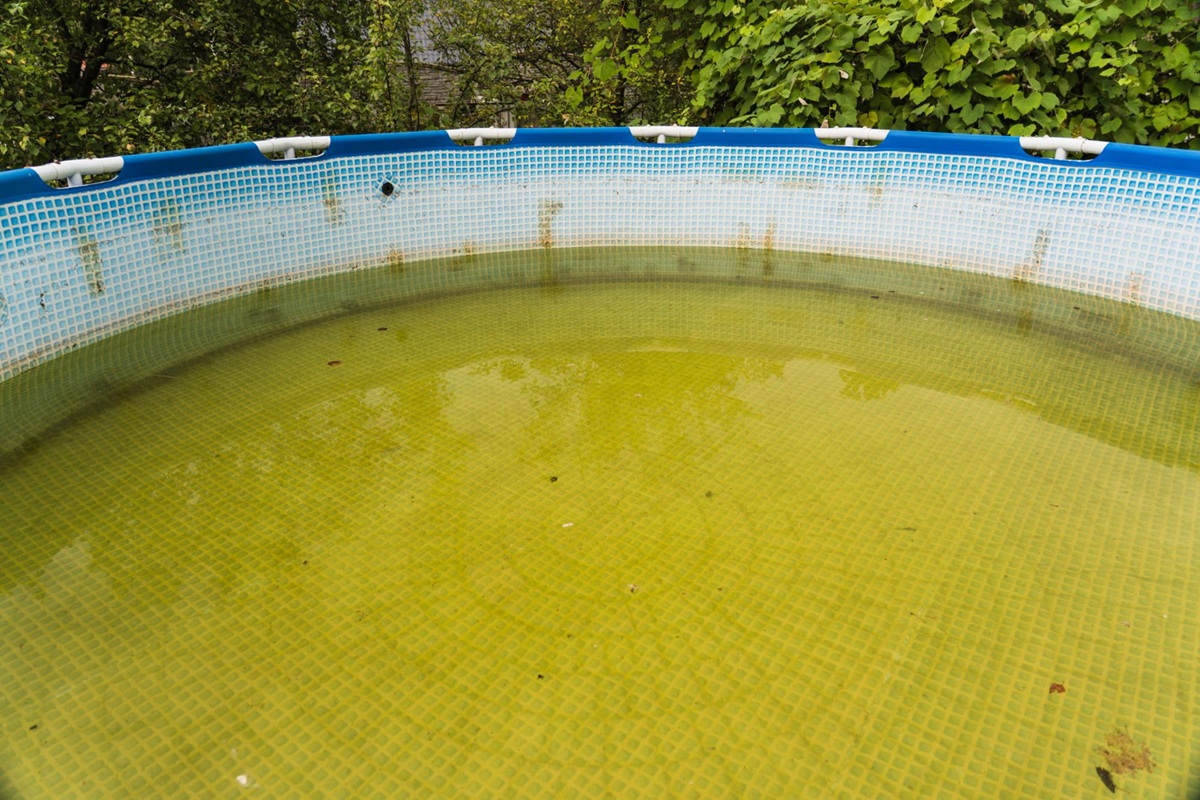You’ve invested in a beautiful pool with an immaculate liner. Did you know that maintaining it is essential to prolong the lifespan of your pool? A clean liner not only ensures the watertightness of the basin but also enhances the overall aesthetics of your swimming space.
So how do you effectively clean your pool liner? Here are some simple tips to implement regularly.
Why Regular Cleaning of Your Liner Is Essential?
It’s tempting to postpone liner maintenance, especially when stains seem minimal at first. But did you know that neglecting regular cleaning can rapidly deteriorate the liner? Irreversible damage can occur, leading to costly tears or leaks.
Think about your comfort and that of your loved ones. A poorly maintained pool quickly becomes uncomfortable and unsuitable for swimming, with cloudy water that is difficult to chemically balance. The solution? An effective and regular cleaning routine for the liner.
Identifying Common Stains on the Liner
Not all stains are the same, and each will require a specific treatment. Have you spotted any of these stains on your liner?
- Whitish or grayish stains: These are often due to water scale. Opt for a suitable anti-scale product, apply it according to the manufacturer’s instructions, and use a soft brush to remove the marks.
- Brown or green stains from algae: Prepare a solution of diluted chlorine in water. Spread this mixture evenly in your pool and gently scrub using an appropriate brush. If the stain persists, a high-pressure cleaner may ease the task.
- Visible rust marks: These usually result from contact with a metal object such as a ladder or lamp. In this case, localized application of a rust remover will be necessary. Carefully follow the manufacturer’s recommendations.
How to Proceed Step by Step with Cleaning Your Liner?
For optimal results, here are the simple and effective steps to follow:
- Always start by removing debris present on the surface and at the bottom of the pool using suitable skimmers.
- Next, prepare a cleaning solution: either a specific liner product or a more natural solution like a mixture of white vinegar and water (half and half) or well-diluted soda crystals. Avoid using strong or abrasive chemicals that could damage the liner.
- Using your wall brush, apply this solution while gently scrubbing from bottom to top in circular motions. Pay special attention to dirtier areas or those affected by algae.
- Don’t forget to clean the bottom of the pool cautiously, respecting the fragility of the liner.
- Finally, use a pool-specific vacuum to easily absorb the remaining dirt and make your pool water spotless.
No vacuum available? Don’t worry, just start the filtration at the end of the cleaning, and the deposits will be naturally eliminated.
Some Simple Recommendations to Durably Preserve Your Liner
To prolong the integrity of the liner, adopting a few simple reflexes can make all the difference:
- Regularly check the essential water parameters (pH, chlorine). Well-balanced water prevents the occurrence of unwanted stains.
- Incorporate preventive treatments against algae or bothersome deposits using suitable clarifying or algicidal products in your maintenance routine.
- During the cold season, strictly follow the winterizing recommendations for pools. A durable cover will protect your liner from weather damage or leaf deposits.
Essential Points to Keep in Mind on Liner Maintenance
If you were to remember only a few key points, here are the essentials to keep in mind:
- The liner protects the watertightness and aesthetics of the basin, making regular maintenance essential.
- Regular preventive cleaning prevents costly repairs and problems with difficult-to-manage and unsafe water.
- Use gentle, suitable, or natural products, absolutely avoiding harsh chemicals.
- Carefully follow the instructions provided by manufacturers for each product you use.
Did you find these tips helpful for cleaning your liner? Do you have a favorite trick or product that you use to maintain your pool? Share your thoughts and methods with us in the comments below. And if you have any questions, feel free to ask; we are here to help!
I’m a disabled, xennial Christ-follower, slightly off kilter (but aren’t all “ar-teeests”?).
Hope you enjoy my rantings, don’t take my sarcasm too seriously and know that comments are welcome. 🙂


Leave a Reply